15 Countries Responsible For The Most Food Waste Globally
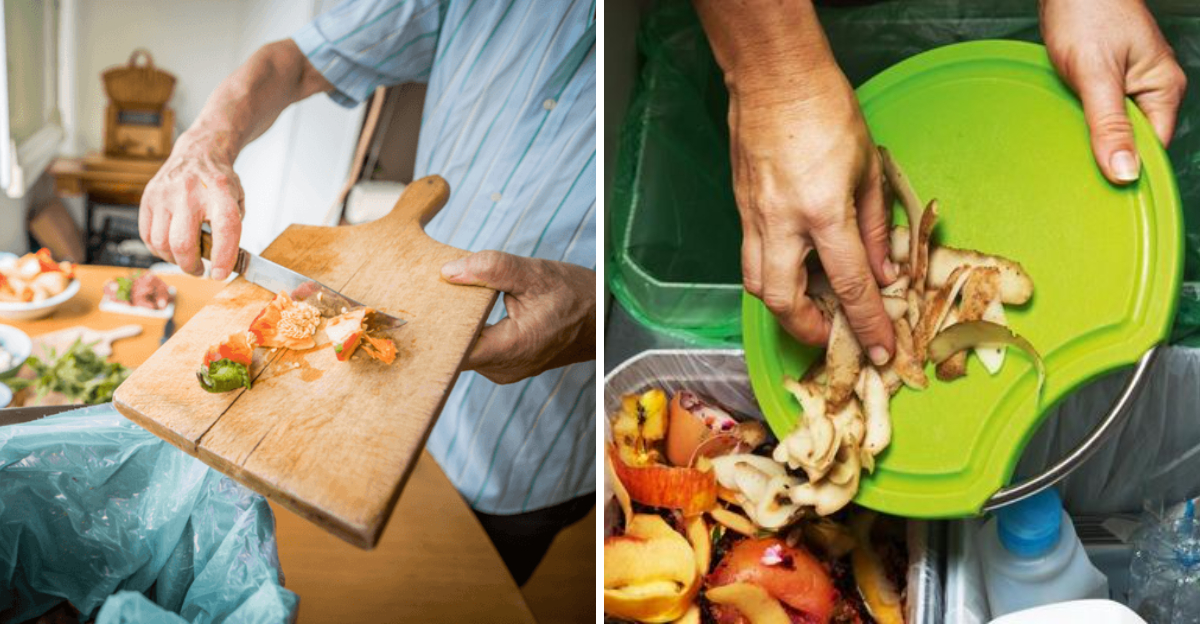
Food waste is a critical global issue affecting both developed and developing nations. The reasons behind the enormous quantities of food waste are as varied as the countries themselves. From inefficiencies in agricultural practices to household waste, understanding the root causes can help in crafting effective solutions. This post delves into the 15 countries that top the charts in food waste, highlighting unique challenges and potential paths forward.
1. China
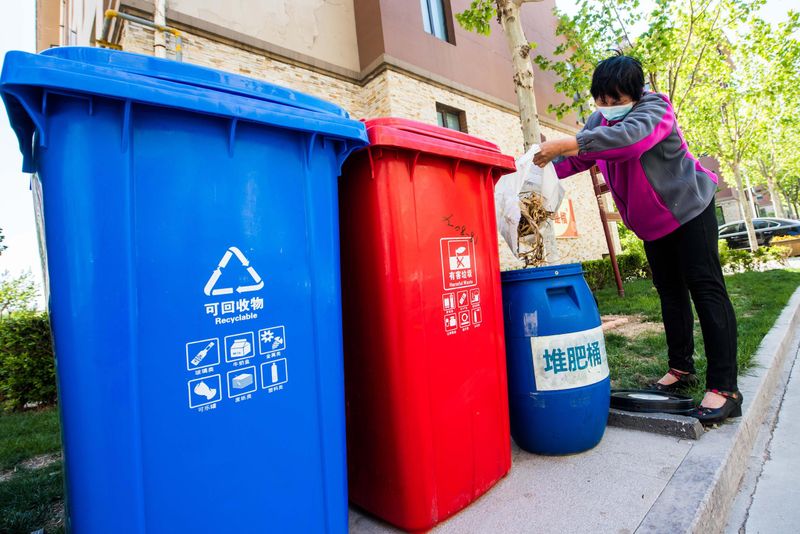
In the heart of bustling metropolises and serene rural landscapes, China battles a towering challenge: over 100 million tonnes of food waste annually. This staggering figure results from the interplay between a massive population and rapid urbanization, where traditional markets meet modern consumerism.
Despite efforts to curb the issue, the vast quantities of wasted food continue to rise. Agricultural inefficiencies, coupled with consumer behavior, exacerbate the problem. As the world’s most populous country, China’s approach to handling food waste could set a precedent for global practices.
Can innovative solutions and community involvement turn the tide in reducing this colossal waste?
2. India
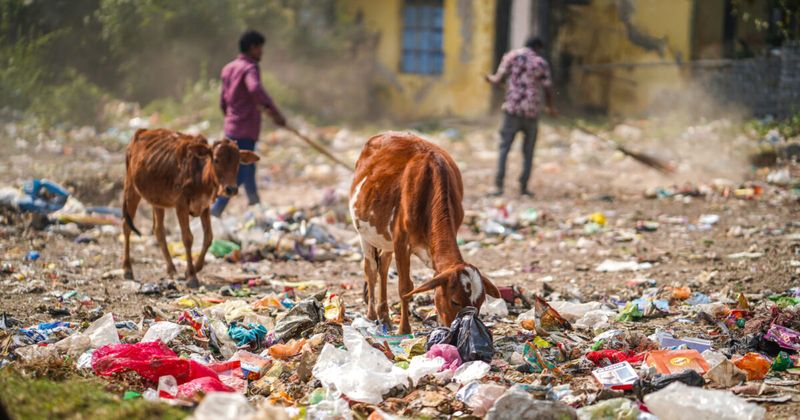
In the vibrant chaos of India’s marketplaces, a silent crisis unfolds. With an estimated 68 to 80 million tonnes of food wasted annually, India faces both agricultural and consumer-level challenges. Much of this waste occurs before the food even reaches consumers.
Post-harvest losses, exacerbated by inadequate storage facilities and infrastructure, contribute significantly to the problem. The cultural importance of food contrasts sharply with the reality of such high wastage.
Can improvements in cold storage and efficiency in the supply chain bridge the gap between abundance and scarcity in this diverse nation?
3. United States

In the land of plenty, the United States grapples with the paradox of abundance and waste. Each year, about 40 million tonnes of food are discarded, painting a picture of inefficiency and excess.
Household behavior, along with restaurant waste, plays a significant role in this staggering figure. The cultural tendency to over-purchase and the convenience-driven lifestyle exacerbates food waste at every step.
Will educational campaigns and innovative waste management strategies inspire a shift towards more sustainable consumption patterns across America?
4. Brazil
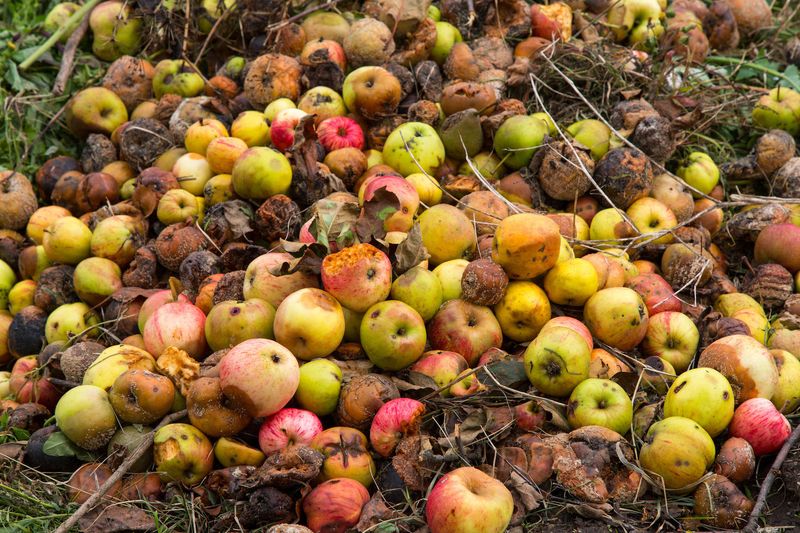
Brazil, a global food powerhouse, finds itself entangled in a web of waste, with over 20 million tonnes lost annually. Here, inefficiencies in processing and transportation contribute to significant losses.
The sprawling geography, coupled with infrastructural challenges, makes it difficult to bridge the gap from field to fork. This complexity adds layers to the problem, making solutions seem elusive.
How can Brazil leverage its agricultural prowess to minimize waste while enhancing food security for its growing population?
5. Indonesia
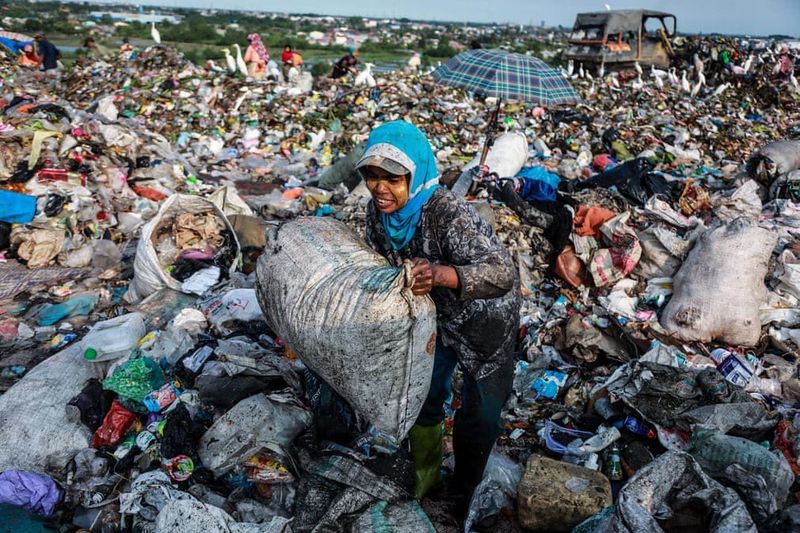
In Indonesia’s rapidly urbanizing landscape, food waste is an emerging concern. The country discards between 13 and 15 million tonnes of food each year.
Growing urban centers contribute heavily to this challenge, revealing gaps in waste management infrastructure and consumer habits. The blend of traditional practices with modern living complicates efforts to streamline waste reduction.
What role can community-led initiatives and governmental policies play in transforming Indonesia’s approach to food sustainability?
6. Russia

Russia’s sprawling territories echo with inefficiencies that lead to over 17 million tonnes of food waste annually. Industrial inefficiencies, combined with consumer-level waste, are at the heart of the issue.
While the Russian landscape is diverse, the common thread of waste runs through its agricultural and urban zones alike. Addressing waste requires both systemic changes and shifts in individual behavior.
Can Russia’s embrace of technology and innovation in agriculture pave the way for more sustainable practices nationwide?
7. Japan

Japan’s reputation for precision and perfection extends even to its food standards, which unfortunately leads to approximately 6 to 8 million tonnes of waste every year.
Strict regulations and consumer expectations often result in perfectly edible food being discarded for cosmetic reasons. This cultural penchant for perfection becomes both a strength and a weakness.
Will shifts in consumer mindset and regulatory adjustments allow Japan to balance its high standards with waste reduction efforts?
8. Mexico
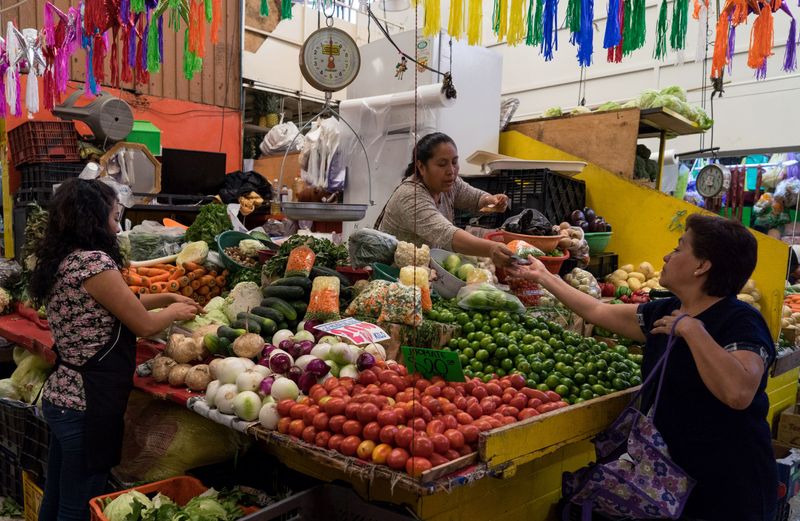
In the colorful tapestry of Mexican markets and households, food waste weaves a worrying narrative. More than 12 million tonnes of food are wasted annually, with significant household contributions.
The lack of infrastructure for redistribution and the cultural dynamics at play add layers to this issue. From farm to table, inefficiencies abound, highlighting a need for comprehensive solutions.
How can Mexico harness its rich agricultural heritage to tackle food waste while ensuring equitable food distribution?
9. Germany
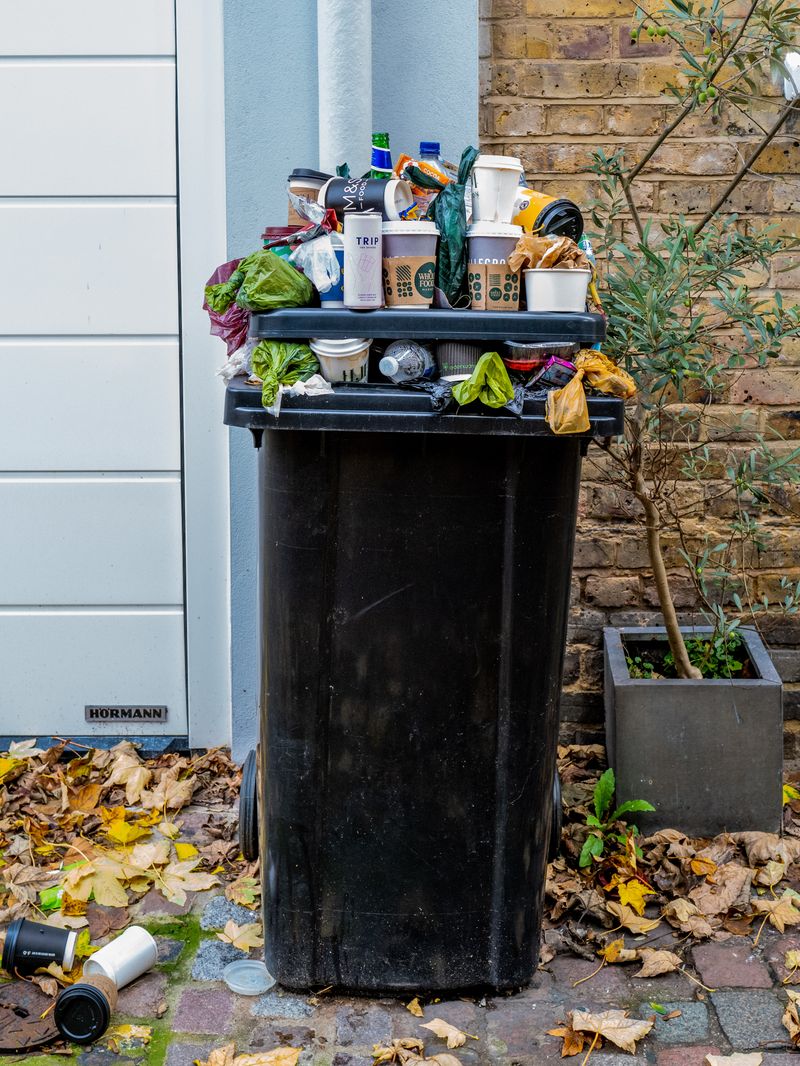
Germany stands at a crossroads between tradition and innovation, with around 11 million tonnes of food waste each year. Despite strong sustainability efforts, consumer behavior remains a significant challenge.
In a country known for efficiency, the persistence of waste reveals deeper societal habits that resist change. Education and awareness campaigns target these ingrained behaviors.
Will Germany’s commitment to climate action translate into more effective waste reduction strategies, setting an example for the world?
10. France
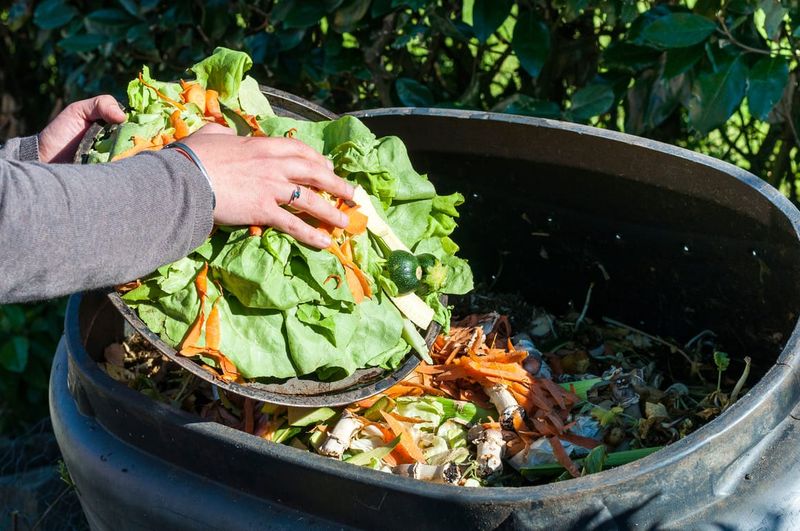
France, a pioneer in food waste reduction laws, still finds itself wasting around 10 million tonnes of food annually. This paradox highlights the complexity of the issue.
The country’s culinary reputation clashes with the reality of unsold and discarded food. Strides have been made, but challenges persist in changing consumer and retail habits.
Can continued legislative efforts and cultural shifts lead France towards a more sustainable culinary future?
11. Pakistan
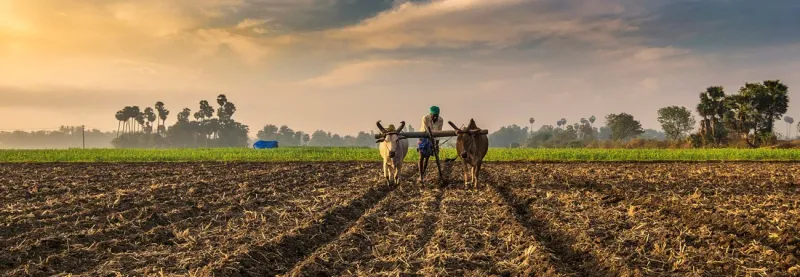
In Pakistan’s fertile fields, a silent crisis of waste unfolds. Estimates suggest over 10 million tonnes of food are wasted annually, mostly during agricultural harvesting.
Poor storage facilities and lack of modern technology exacerbate post-harvest losses. The rich agricultural tapestry is marred by inefficiencies that hinder food security.
Can modern agricultural practices and infrastructural improvements unlock the potential to reduce food waste in Pakistan?
12. Nigeria

In Nigeria, vibrant markets tell a story of abundance and loss. Between 12 and 14 million tonnes of food are wasted yearly, often due to lack of cold storage.
Food spoilage remains a significant issue, as infrastructure struggles to keep pace with demand. This gap highlights the urgent need for investment in preservation technologies.
How can Nigeria’s dynamic markets transform to embrace better storage solutions and reduce the vast quantities of waste?
13. United Kingdom
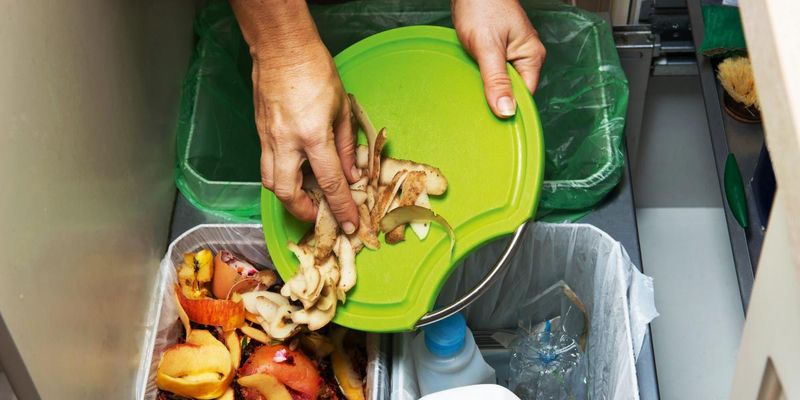
In the United Kingdom, the notion of waste is both a cultural and environmental challenge. Approximately 9 million tonnes of food are wasted each year, with households being major contributors.
Efforts to address the issue have been met with varying degrees of success. Significant strides have been made, yet the persistence of waste reflects underlying consumer habits.
Will the UK’s ongoing initiatives in sustainability empower households to significantly cut down food waste, setting a benchmark for other nations?
14. Egypt
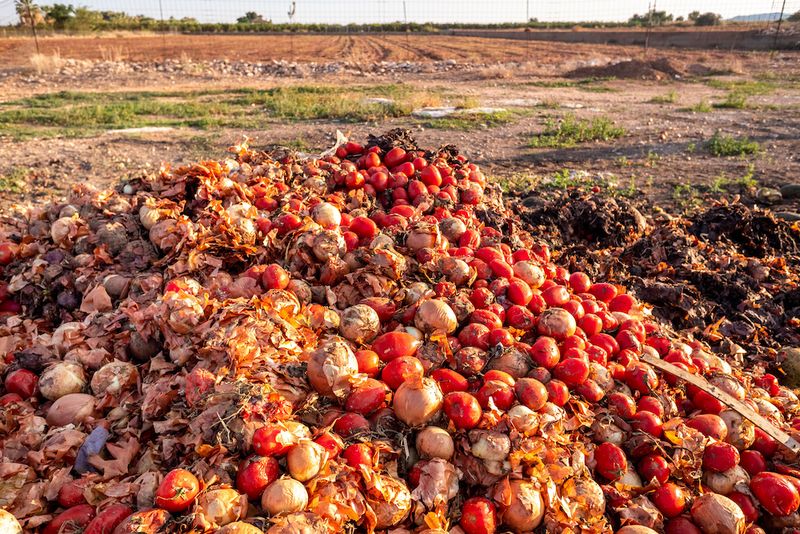
Egypt, with its rich agricultural heritage, faces a paradox of productivity and waste. Up to 10 million tonnes of food are wasted annually, largely due to post-harvest inefficiencies.
The lack of modern storage facilities and logistic challenges contribute to significant losses. This ancient land of abundance struggles to align its historical legacy with contemporary demands.
Can Egypt harness technological advancements to improve storage and reduce food waste for future generations?
15. Turkey
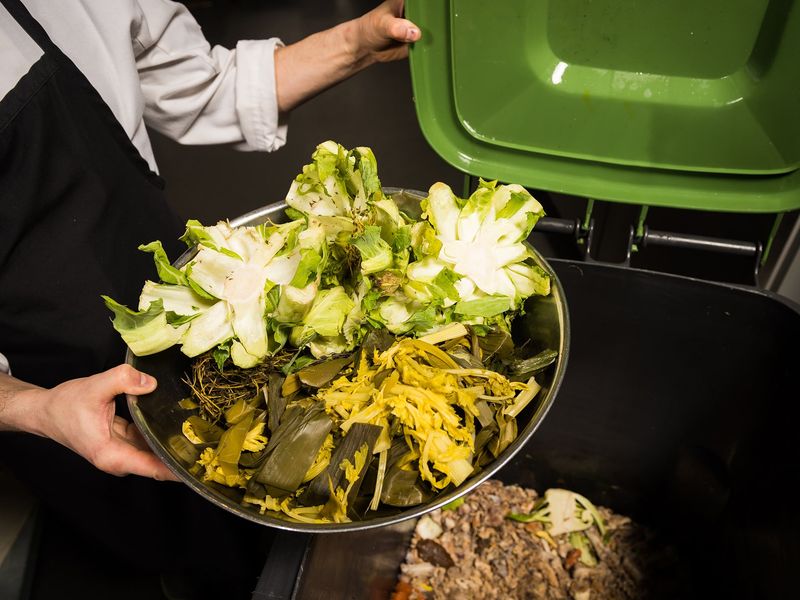
In Turkey, the lively scenes of markets and restaurants contrast with the backdrop of waste, with close to 7 to 9 million tonnes lost annually. The vibrant culinary culture masks inefficiencies at the market and restaurant levels.
Food waste in such settings reflects broader trends in consumption and disposal practices. Despite efforts, the gap between awareness and action remains.
Can Turkey’s rich culinary traditions inspire a new era of sustainability, where food waste becomes a relic of the past?
